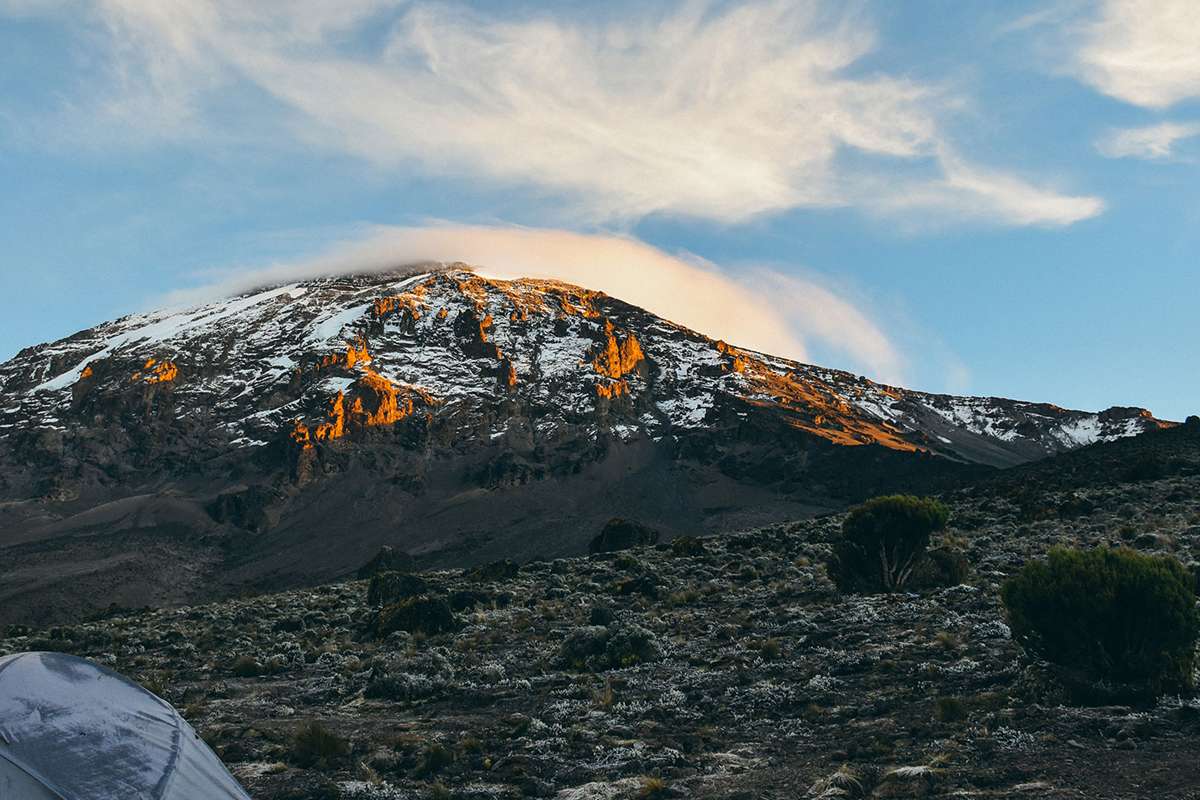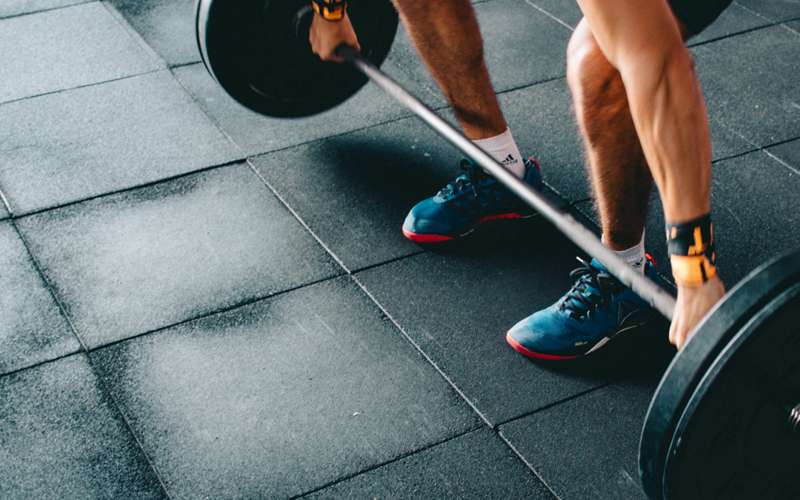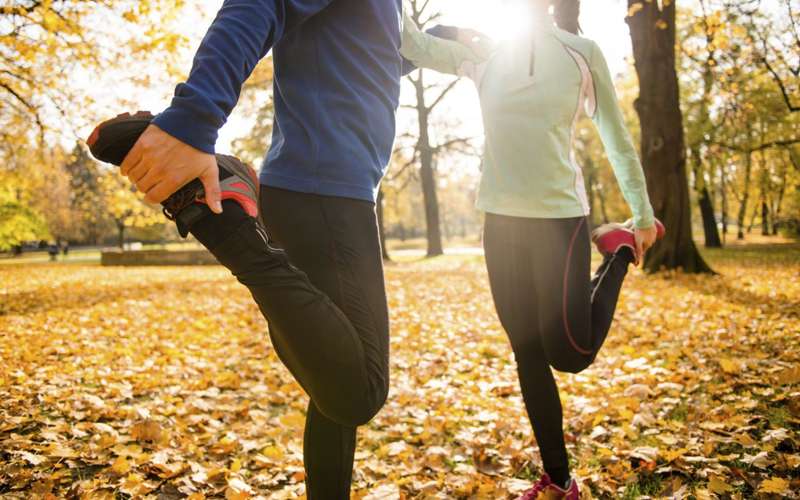Climbing Mount Kilimanjaro is an exhilarating adventure that requires thorough preparation. The mountain, standing at 19,341 feet (5,895 meters), demands both physical fitness and mental stamina. Proper training is essential to increase your chances of reaching the summit and enjoying the experience. Here’s a detailed guide on the kind of training required for climbing Kilimanjaro.
Training Required for Climbing Kilimanjaro
Cardiovascular Training
- Building Endurance: Cardiovascular training is crucial for building the endurance needed to trek for several hours each day. Engage in activities like running, cycling, swimming, or brisk walking. Aim for at least 30 minutes of moderate to intense exercise, five days a week. Gradually increase the duration and intensity as your fitness improves.
- Interval Training: Incorporate interval training to enhance your cardiovascular efficiency. This involves alternating between high-intensity bursts and lower-intensity recovery periods. For example, during a run, sprint for one minute, then walk or jog for two minutes. Repeat this cycle for 20-30 minutes to boost your stamina and lung capacity.
Strength Training
- Leg Strength: Strong legs are vital for the relentless uphill and downhill sections of Kilimanjaro. Focus on exercises like squats, lunges, step-ups, and calf raises. Perform these exercises two to three times a week to build the necessary muscle strength. Incorporating weight training can further enhance muscle endurance and stability.
- Core and Upper Body: A strong core supports your back and improves balance, while upper body strength helps with carrying your backpack. Include planks, sit-ups, push-ups, and weightlifting in your routine. Aim for a balanced strength training program to ensure overall fitness and injury prevention.
Hiking Practice
- Simulate the Climb: Hiking practice is crucial for familiarizing yourself with the demands of the trek. Find local trails with varied terrains and elevation gains. Start with shorter hikes and gradually increase the distance and difficulty. Aim to hike with a loaded backpack to simulate the conditions on Kilimanjaro.
- Weekend Hikes: Plan long hikes on weekends, ideally lasting 4-6 hours. This will help build your endurance and acclimatize your body to prolonged physical exertion. Use these hikes to test your gear, including boots and backpacks, to ensure they are comfortable and suitable for the climb.
Altitude Acclimatization
- Understanding Altitude Sickness: Altitude sickness is a significant challenge when climbing Kilimanjaro. Symptoms include headaches, nausea, and fatigue. Training at higher altitudes before your trip can help your body adapt to reduced oxygen levels. If possible, spend time hiking or camping at elevations above 8,000 feet (2,438 meters).
- Pre-Trip Acclimatization: Consider spending a few days at a moderate altitude (e.g., 6,000-10,000 feet) before heading to Kilimanjaro. This can help your body begin the acclimatization process and reduce the risk of altitude sickness. Even short trips to higher elevations can make a difference in your body’s ability to adapt.
Flexibility and Balance
- Stretching Routines: Flexibility training helps prevent injuries and improves your range of motion. Incorporate stretching exercises into your daily routine, focusing on your legs, back, and shoulders. Yoga and Pilates are excellent for enhancing flexibility and core strength.
- Balance Exercises: Balance training is essential for navigating uneven and rocky terrain. Practice exercises like single-leg stands, heel-to-toe walks, and stability ball workouts. Improved balance reduces the risk of falls and enhances overall hiking efficiency.
Mental Preparation
- Building Mental Stamina: Mental toughness is as important as physical fitness. Long hours of trekking in varying conditions can be mentally challenging. Prepare yourself by setting small goals, staying positive, and visualizing your success. Meditation and mindfulness practices can also help build mental resilience.
- Handling Stress: Learn stress management techniques to stay calm and focused during the climb. Breathing exercises, visualization, and positive affirmations can help you handle the pressures and uncertainties of the trek. Being mentally prepared helps you stay motivated and determined.
Nutrition and Hydration
- Healthy Diet: A balanced diet rich in carbohydrates, proteins, and healthy fats is essential during training. Fuel your body with nutritious foods to support your workouts and recovery. Focus on whole grains, lean proteins, fruits, vegetables, and healthy fats to maintain energy levels and promote muscle repair.
- Hydration: Staying hydrated is crucial, especially when training and during the climb. Drink plenty of water throughout the day and carry a hydration system during your hikes. Proper hydration helps prevent fatigue, cramps, and altitude sickness. Electrolyte drinks can also be beneficial during intense training sessions.
Rest and Recovery
- Importance of Rest: Rest days are essential to allow your body to recover and build strength. Overtraining can lead to injuries and burnout. Aim for at least one or two rest days per week, depending on your training intensity. Listen to your body and adjust your training schedule accordingly.
- Sleep Quality: Ensure you get adequate sleep each night, as it is vital for recovery and overall health. Aim for 7-9 hours of quality sleep to support your training efforts. Good sleep hygiene practices, such as a consistent sleep schedule and a relaxing bedtime routine, can improve your sleep quality.
Gear Familiarization
- Using Your Equipment: Get used to your hiking boots, backpack, and other gear well before your trip. Wear your boots during training hikes to break them in and prevent blisters. Practice packing and adjusting your backpack for comfort. Familiarity with your equipment ensures you can use it efficiently during the climb.
- Layering Practice: Learn how to layer your clothing for different weather conditions. Kilimanjaro’s climate can vary greatly, so practice adjusting your layers during training hikes. Understanding how to layer effectively helps you stay comfortable and manage temperature changes on the mountain.
Professional Guidance
- Hiring a Trainer: Consider working with a personal trainer who has experience with high-altitude trekking. They can create a tailored training program based on your fitness level and goals. A trainer can provide expert guidance and motivation, helping you stay on track and achieve your training objectives.
- Joining a Training Group: Joining a local hiking or trekking group can provide additional motivation and camaraderie. Training with others can make the process more enjoyable and help you stay committed. Group hikes also offer opportunities to share tips and experiences with fellow climbers.
Training for Kilimanjaro is a comprehensive process that involves cardiovascular fitness, strength training, hiking practice, altitude acclimatization, and mental preparation. By following this guide and dedicating time to each aspect, you’ll be well-prepared for the challenges of the climb. Remember, the journey to the summit is as rewarding as reaching the top, and proper training will help you make the most of this incredible adventure.
FAQs
1. How long should I train before climbing Kilimanjaro?
It’s recommended to start training at least three to six months before your climb. This allows enough time to build the necessary endurance and strength.
2. What’s the best way to acclimate to high altitudes?
Gradual exposure to higher altitudes, proper hydration, and a slow, steady pace during the climb are key to acclimatizing effectively.
3. Can beginners climb Kilimanjaro?
Yes, beginners can climb Kilimanjaro with the right training and preparation. Choosing a longer route can also help with acclimatization.
4. What should I eat during training?
Focus on a balanced diet rich in complex carbohydrates, lean proteins, and healthy fats. Proper nutrition supports your training and recovery.
5. Is it necessary to hire a guide for Kilimanjaro?
Yes, Tanzanian regulations require all climbers to hire a licensed guide. Guides provide essential support, safety, and expertise during the climb.
For a well-prepared Kilimanjaro adventure, explore the following topics on our site:
Visit our page for detailed information and tips to choose the best route and make the most of your Kilimanjaro climbing experience.






